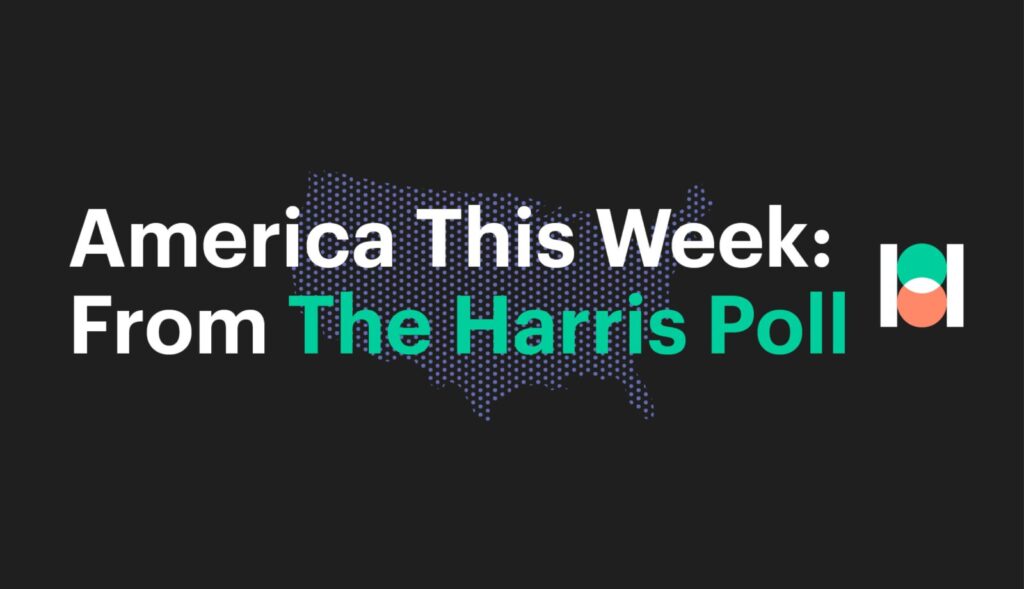Brief • 3 min Read

Since the end of the 2023 Super Bowl advertising season, one thing has come into focus: Super Bowl advertisers need to start thinking outside of the box.
Running an ad during the Super Bowl is the holy grail of marketing for most brands. Advertising during the telecast of The Big Game™ can get an advertiser in front of a massive amount of eyeballs (113.06 million viewers for the 2023 Super Bowl) and lend an air of legitimacy to new industries or brands.
That said, brands that focus all of their marketing resources on creating conventional Super Bowl ad campaigns might be missing out on other effective marketing strategies to reach consumers.
Super Bowl viewers are tired of Oscar-bait ads
There seems to be a disconnect in what Super Bowl viewers are expecting out of ads and what they are actually getting. While three quarters (76%) of prospective 2023 Super Bowl viewers were excited about the ads, only 58% of viewers were satisfied with the ads that aired, according to The Harris Poll.
A growing number of Super Bowl viewers are craving (and possibly expecting) more unique ads during the game. In a study conducted in February of 2022, The Harris Poll found that three in ten (29%) 2022 Super Bowl ad viewers wanted to see more unique ads during the following year’s game. When 2023 Super Bowl ad viewers were asked what type of advertisements they would want to see during next year’s game, half (49%) wanted to see more unique ads.
Instead of using innovative marketing strategies on advertising’s biggest stage, a significant portion of brands that advertise during the Super Bowl seem content to stick to a formula that they know will garner acclaim.
Just as biopics and films about filmmaking often dominate Oscar season, sentimental ads featuring animal friends (The Farmer’s Dog’s 2023 ad) and self-referential celebrity vehicles (Dunkin’s 2023 barista Ben Affleck ad) tend to top “Super Bowl ad of the year” lists. Ads aired during the Super Bowl have started to resemble highly produced short films rather than marketing tools for a brand. To truly make an impact with their Super Bowl marketing spend, advertisers should show viewers something they have never seen before.
One of the most effective ways for brands to stand out in a sea of narrative ads is to eschew the filmic nature of traditional Super Bowl ads entirely. 2023 Super Bowl ads illustrate that there is room for marketers to innovate in their advertisement campaigns. Two aspects of Super Bowl advertising in particular have the most room for innovation: advertisement formats and the application of advertising strategies from the internet.
Forget what you know about formats
Iterating on the traditional Super Bowl TV ad format will open the doors for brands to reach consumers through channels other than television. Nearly half (47%) of 2023 Super Bowl viewers report that they used multiple devices during the 2023 Super Bowl.
Take Coinbase’s 2022 Super Bowl ad. Their ad consisted almost entirely of a bouncing QR code that directed viewers to their website. The advertisement could have lived just as comfortably in front of a YouTube video as it did on television. Coinbase’s ad drove so much traffic to their site that their servers temporarily crashed. In comparison, the critically acclaimed The Farmer’s Dog ad from this year’s Super Bowl only generated an average amount of engagement for the brand.
If Coinbase’s success illustrated anything, it’s that marketers should consider basing their Super Bowl ads around an interactive format. Asking viewers to interact with an advertisement has the potential to make them feel more engaged and more likely to respond to calls-to-action. Advertisements that use innovative formats are also likely to draw an audience that stretches beyond the Super Bowl television viewership.
Super Bowl advertisers should spend more time on the internet
That said, an advertisement consisting only of a bouncing QR code isn’t the most appropriate advertising strategy for every brand. However, almost every advertiser can take inspiration from internet-native advertising for their next Super Bowl commercial.
Incorporating strategies such as strong aesthetics, irreverent humor, and clear calls-to-action into a Super Bowl ad will allow marketers to get the benefits of internet advertising (such as immediacy and the potential for virality) while also differentiating them from their traditionalist competitors.
There is a clear need for these strategies to be incorporated into Super Bowl advertising. Of viewers that had a favorite 2023 Super Bowl ad, only a quarter (24%) noticed the format of the ad and only one in ten (14%) noticed a call-to-action. The traditional Super Bowl ad is going the way of the dinosaur, and brands need to update their strategies or risk becoming relics.
An example of a brand that both iterated on the Super Bowl ad format and incorporated the attitude of internet advertising into their Super Bowl commercial is Tubi. Their “Interface Interruption” Ad incorporated both a fourth-wall breaking nod to new technologies and a trolling sense of humor borne out of classic internet practical jokes.
A potential consequence for innovating is becoming meme-ified. That was Tubi’s fate this year. Still, it seems like becoming a meme drives engagement much more than becoming everyone’s favorite Super Bowl ad. While The Farmer’s Dog has the viewers’ love, Tubi has the audience’s attention.
Don’t let risks stand in the way of rewards
Breaking from the norm is always risky, especially with stakes as high as a Super Bowl ad campaign. Airing an innovative Super Bowl ad might not garner praise, but it has the potential to garner engagement. The deciding factor for brands is what they want to accomplish with their Super Bowl ad. Is the purpose of the ad to land at the top of a “best of” list? Or is it to drive engagement?
If brands are looking for acclaim more than engagement from their future Super Bowl ad campaigns, then creating an advertisement that could pass as a short film could be their best option. However, if brands value engagement, they should attempt to make advertisements that would fit just as well on the internet as they would on network television.
These surveys were conducted online in the United States by The Harris Poll from January 28th, 2022 to January 31st, 2022 among 1,127 respondents; from January 13th, 2023 to January 17th, 2023 among 1,050 respondents; and from February 13th, 2023 to February 14th, 2023 among 1,018 respondents. Figures for age, sex, race and ethnicity, education, region, household income, and propensity to be online have been weighted where necessary to bring them into line with their actual proportions within the US population. Respondents for this survey were selected from a pool of potential respondents who have agreed to participate in The Harris Poll’s online research. For this study, the sample data is accurate to within +/- 4.0 percentage points using a 95% confidence level.
Subscribe for more Insights
Subscribe to our newsletter for the latest trends in business, politics, culture, and more.
Related Content









